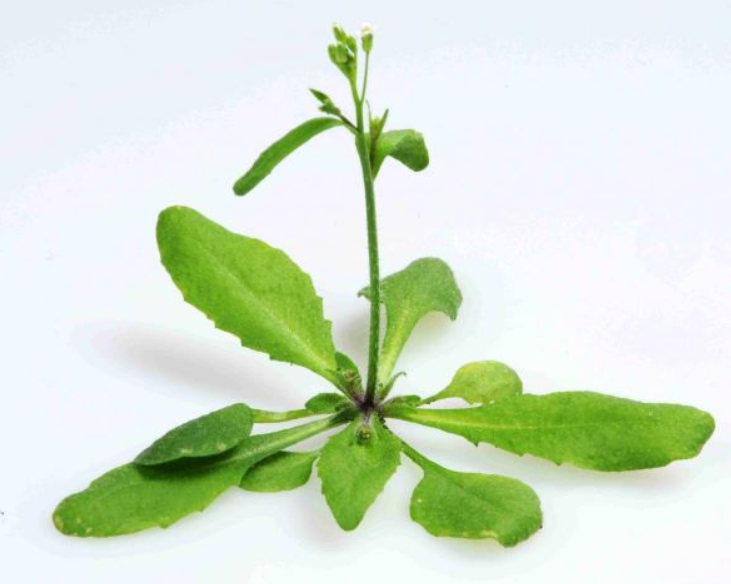SPL(SQUAMOSA promoter-binding protein-like)是一类植物特有的转录因子, 在调控植物胚胎发育、间隔期长度、叶片发育、发育阶段转变、花和果实发育、育性、顶端优势、花青素积累、赤霉素响应、光信号转导及体内铜离子稳态平衡等方面发挥重要作用。SPL含有一个由80个氨基酸残基组成的高度保守的SBP结构域, 以此同下游靶基因启动子区域结合, 调控靶基因的表达。大多数SPL均具有miR156/157识别位点, miR156/157可以通过mRNA剪切或翻译抑制来调控SPL的表达。该文重点综述了植物SPL基因的结构、表达调控及生物学功能, 并对其研究前景进行了展望。
SPL (SQUAMOSA promoter-binding protein-like) transcription factors, which are unique to plants, are involved in embryonic development, plastochron length, leaf development, developmental phase transitions, flower and fruit development, fertility, apical dominance, anthocyanin biosynthesis, gibberellin response, light signaling and copper homeostasis. SPLs contain a highly conserved SBP domain of approximately 80 amino acid residues. They can bind to the conserved promoter motifs of downstream targets through SBP domain and regulate the expression of their targets. Most members of the SPL family are predicted to be microRNA 156/157 (miR156/157) targets based on the complementation between the microRNA and these SPL genes. MiR156/157 could down regulate SPL expression by mRNA cleavage or translational repression. This paper reviews recent developments in the structure, transcriptional regulation, and biological function of SPL genes.



